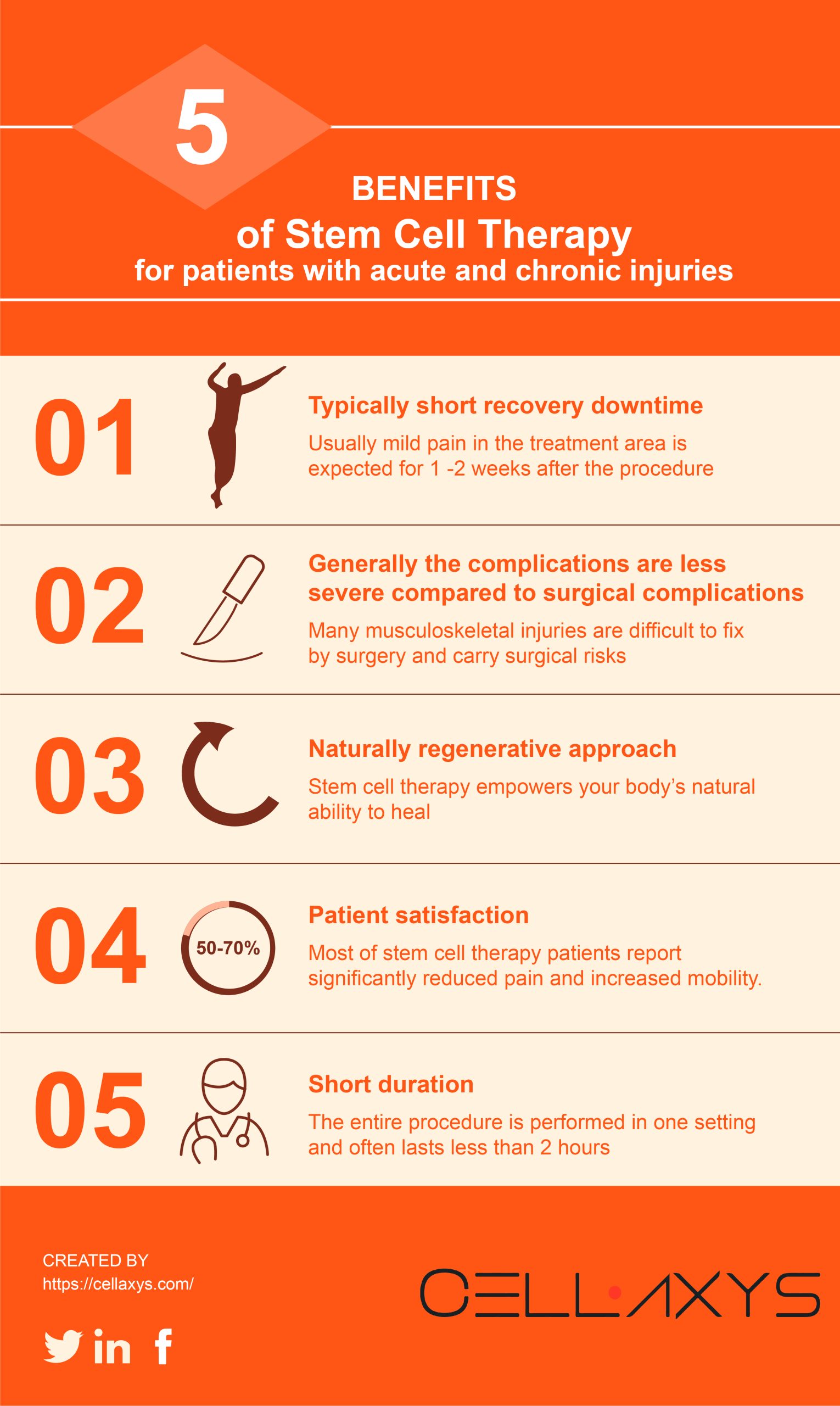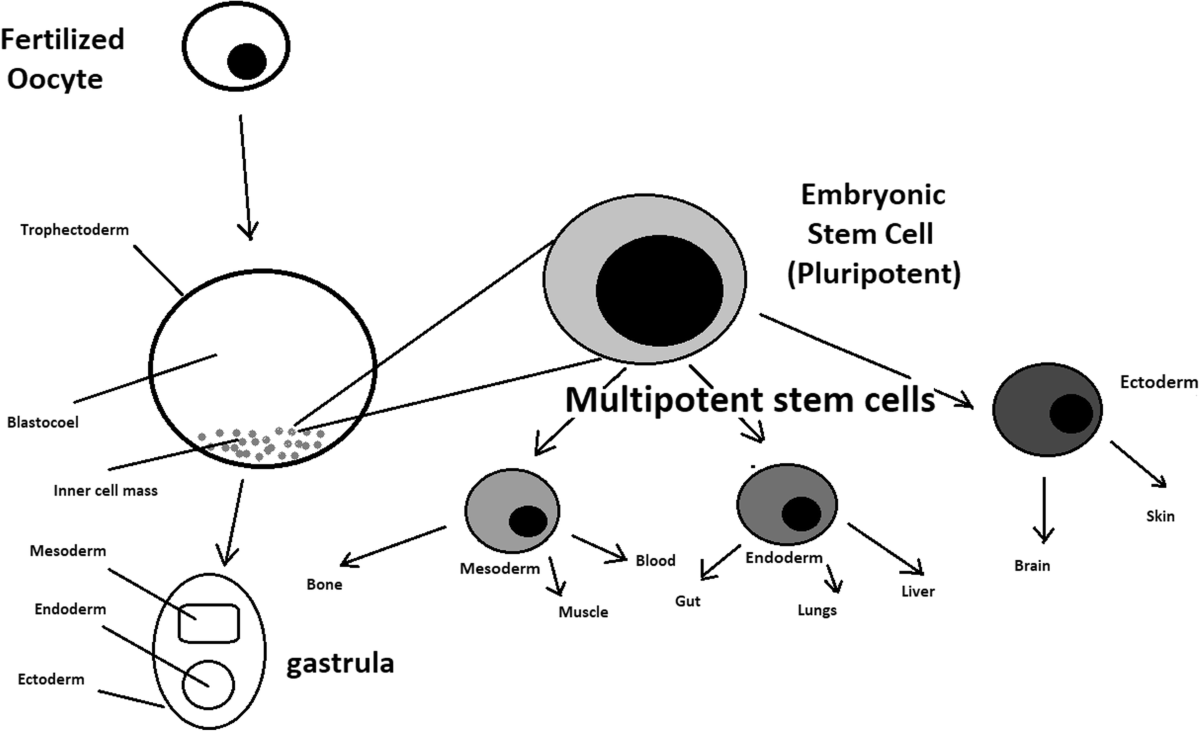Table of Contents

[/image][=video]
[/video]
There are numerous sorts of stem cells. Generally, the term stem cell refers to a classification of cells that trigger other cells (like skin, blood, heart, and muscle cells) by reproducing and setting apart in response to chemical cues. Totipotent stem cells appear at the earliest stage of development and are the only stem cells which can generate embryonic stem cells and the placenta.
Bone marrow transplant (BMT) is an unique therapy for people with certain cancers cells or other illness. A bone marrow transplant involves taking cells that are usually discovered in the bone marrow (stem cells), filtering those cells, and giving them back either to the donor (individual) or to another person. The objective of BMT is to transfuse healthy bone marrow cells right into a person after his/her own harmful bone marrow has been treated to kill the abnormal cells.
The blood cells that make various other blood cells are called stem cells. The most primitive of the stem cells is called the pluripotent stem cell.
It is the stem cells that are required in bone marrow transplant. The goal of a bone marrow transplant is to treat numerous conditions and types of cancer. When the doses of chemotherapy or radiation required to heal a cancer are so high that an individual's bone marrow stem cells will certainly be permanently harmed or destroyed by the therapy, a bone marrow transplant might be needed.
Medical Group local to Port Huron, Michigan
This procedure is often called rescue. Change bone marrow with genetically healthy and balanced functioning bone marrow to avoid more damages from a hereditary condition procedure (such as Hurler's disorder and adrenoleukodystrophy). The risks and advantages must be considered in a complete conversation with your doctor and experts in bone marrow transplants before the treatment.
There are various kinds of bone marrow transplants relying on who the donor is. The different sorts of BMT include the following: The donor is the patient himself or herself. Stem cells are taken from the client either by bone marrow harvest or apheresis (a procedure of gathering outer blood stem cells), icy, and after that offered back to the patient after extensive treatment.
The donor shares the very same hereditary kind as the person. Stem cells are taken either by bone marrow harvest or apheresis from a genetically matched contributor, typically a sibling or sibling. Other contributors for allogeneic bone marrow transplants may include the following: A haploid-identical suit is when the donor is a moms and dad and the genetic suit goes to the very least half identical to the recipient.

Matching involves inputting human leukocyte antigen (HLA) tissue. The antigens externally of these special white blood cells identify the genetic make-up of an individual's immune system. There are at the very least 100 HLA antigens; however, it is thought that there are a couple of major antigens that identify whether a contributor and recipient suit.
Clinical research study is still checking out the duty all antigens play in the process of a bone marrow transplant. The even more antigens that match, the better the engraftment of given away marrow. Engraftment of the stem cells happens when the contributed cells make their method to the marrow and begin making new members cells.
Stem Cell Therapy servicing Port Huron, Michigan
All people work with each other to give the best chance for an effective transplant. The group is composed of the following: Health care service providers that specialize in oncology, hematology, immunology, and bone marrow transplant.
Professionals who will certainly help you meet your nutritional requirements before and after the transplant. Numerous various other group participants will certainly assess you prior to transplant and will certainly offer follow-up care as required.

A full case history and physical examination are executed, including several examinations to review the individual's blood and body organ functions (for instance, heart, kidney, liver, and lungs). A patient will certainly frequently enter into the transplant facility approximately 10 days before transplant for hydration, evaluation, positioning of the central venous line, and various other prep work.
For an allogeneic transplant, an ideal (tissue typed and matched) benefactor should be available. Volunteer marrow benefactors are registered in a number of national and worldwide computer system registries.
Contributor resources readily available consist of: self, brother or sister, moms and dad or loved one, nonrelated individual, or umbilical cable from a relevant or nonrelated person. There are nationwide and worldwide computer system registries for nonrelated people and cord blood.
Regenerative Therapy
Tests associated with his/her wellness, exposure to infections, and genetic analysis will certainly be done to establish the extent of the suit. The contributor will be given directions on just how a bone marrow contribution will certainly be made. Once a match for a patient needing a bone marrow transplant is discovered, after that stem cells will certainly be gathered either by a bone marrow harvest.
Or by a peripheral blood stem cell collection. This is where stem cells are accumulated from the distributing cells in the blood. Of both, outer blood stem cell contributions are now much more usual. Cable blood has actually already been accumulated at the time of a birth and kept for later usage.
Navigation
Latest Posts
Regenerative Therapy around Port Huron
Regenerative Therapy around Port Huron
Hormone Therapy in Port Huron